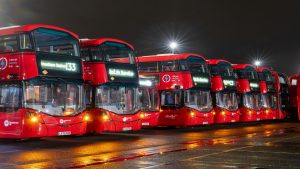
Woolworths, Zenobē Australia
Find out how Zenobē’s latest project has catalysed electric vehicle charging in Mascot, Sydney, not only for a grocery brand but also businesses in the logistics and fleet industries.

Find out how Zenobē’s latest project has catalysed electric vehicle charging in Mascot, Sydney, not only for a grocery brand but also businesses in the logistics and fleet industries.

Zenobē partnered with Oxford Bus Company to design and deliver the charging infrastructure and also act as the operator’s long-term battery management partner.

Zenobē partnered with Oxford Bus Company to design and deliver the charging infrastructure and also act as the operator’s long-term battery management partner.

Pete leads Zenobē’s growing team of Product specialists across all areas of the business. His team oversee our R&D as well as product development in both hardware and software.
He has been working in the European E-Mobility sector from over ten years, specialising in the design, build and delivery of software systems for EV Charging.